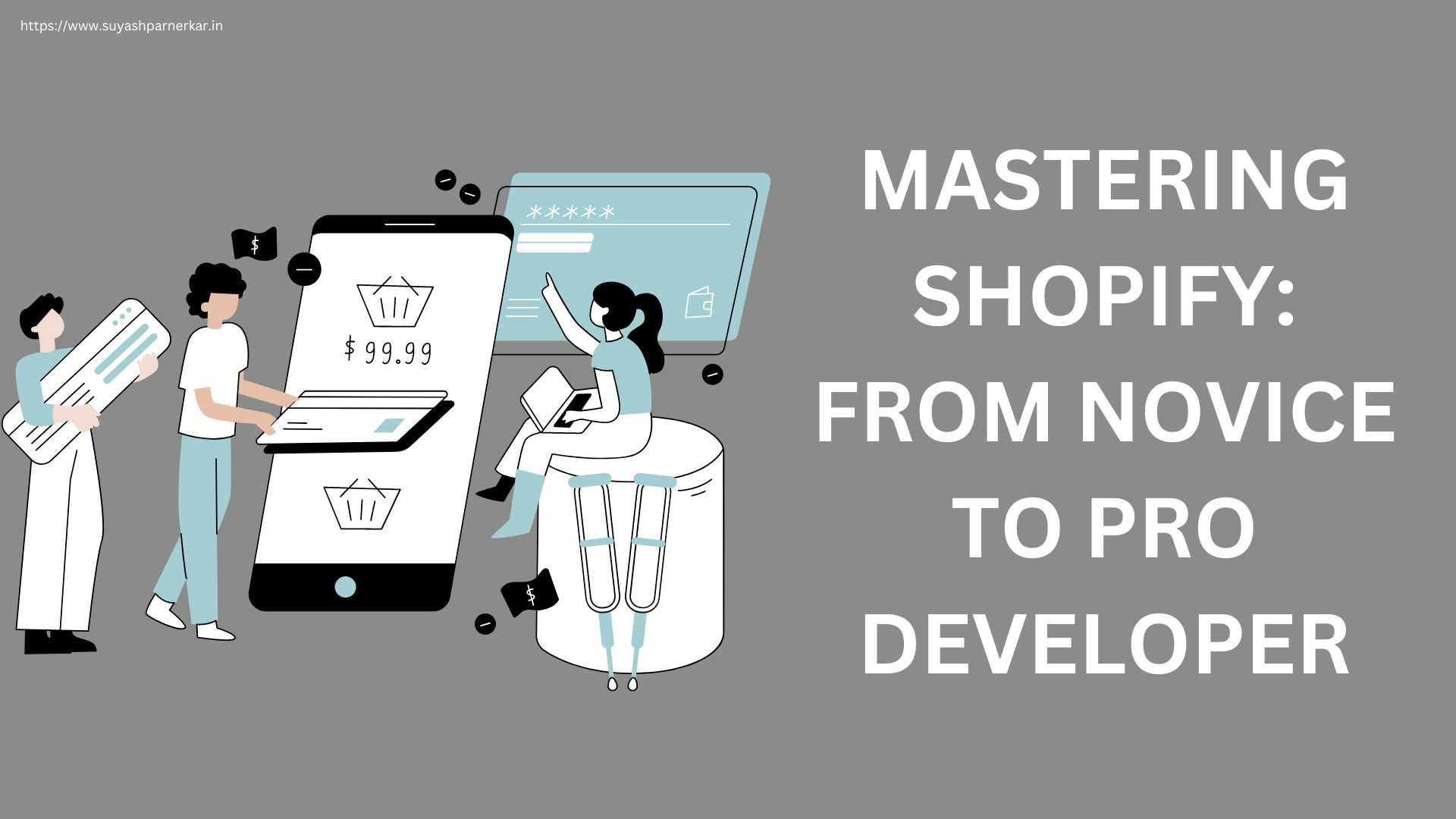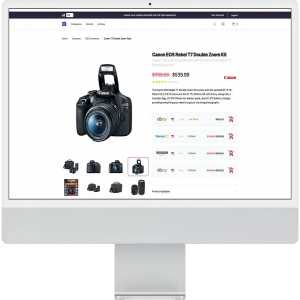
Mastering Shopify: From Novice To Pro Developer

In the ever-evolving world of e-commerce, having a robust and scalable platform is crucial for businesses looking to thrive. Shopify, a leading e-commerce platform, offers a comprehensive suite of tools for building, managing, and scaling online stores. This guide is designed to take you from a novice to a pro Shopify developer, unlocking the full potential of the platform to create stunning and high-performing e-commerce websites.
Understanding the Basics
1. Getting Started with Shopify
Shopify provides a user-friendly interface, making it accessible for beginners. Start by signing up for a Shopify account and exploring the dashboard. Familiarize yourself with key features such as product management, order processing, and basic customization options.
2. Navigating Shopify Themes
Themes are the backbone of any Shopify store. Shopify offers a variety of free and paid themes, each with its unique design and functionality. For beginners, it's advisable to start with a free theme and explore its customization options. As you gain confidence, you can delve into more complex themes or even create custom ones.
3. Utilizing Shopify’s App Ecosystem
One of Shopify’s strengths is its extensive app ecosystem. From marketing and SEO tools to inventory management and customer service apps, the Shopify App Store has solutions for virtually every business need. Start by integrating essential apps to streamline your store’s operations and enhance the user experience.
Intermediate Development: Customizing Your Store
1. Mastering Liquid: Shopify’s Templating Language
Liquid is Shopify’s templating language, used to create dynamic content on your store. Understanding Liquid is crucial for customizing themes and building unique store features. Start with basic Liquid concepts such as variables, loops, and conditionals, then progress to more advanced techniques like building custom sections and snippets.
2. Enhancing Store Design with HTML, CSS, and JavaScript
A solid grasp of HTML, CSS, and JavaScript is essential for any Shopify developer. These technologies allow you to create visually appealing and interactive storefronts. Use CSS to style your store’s elements, HTML to structure the content, and JavaScript to add interactive features such as sliders, pop-ups, and dynamic product listings.
3. Building Custom Shopify Themes
Once you're comfortable with Liquid and front-end technologies, try building custom Shopify themes. Start by creating a theme from scratch or modifying an existing one. Focus on creating a responsive design that works seamlessly across all devices. Test your theme thoroughly to ensure it provides a smooth user experience.
Advanced Development: Optimizing and Scaling
1. Leveraging Shopify’s API
Shopify’s API allows developers to interact with store data programmatically. With the API, you can build custom apps, automate tasks, and integrate third-party services. Familiarize yourself with the REST and GraphQL APIs, and experiment with building custom solutions to meet specific business needs.
2. Performance Optimization Techniques
A fast-loading store is critical for user experience and SEO. Optimize your Shopify store by compressing images, minimizing JavaScript and CSS files, and using efficient Liquid code. Leverage Shopify’s built-in tools like the Shopify Analyzer to identify and fix performance issues.
3. Implementing SEO Best Practices
Search engine optimization (SEO) is vital for driving organic traffic to your Shopify store. Optimize product descriptions, titles, and meta tags with relevant keywords. Use descriptive URLs and ensure your store’s structure is logical and easy to navigate. Implement schema markup to enhance your store’s search engine visibility.
Becoming a Pro: Advanced Strategies
1. Building and Selling Shopify Apps
Once you’ve mastered Shopify development, consider building and selling custom apps on the Shopify App Store. Identify common pain points faced by store owners and develop apps that provide solutions. This not only helps you monetize your skills but also contributes to the Shopify ecosystem.
2. Joining the Shopify Partner Program
The Shopify Partner Program offers resources, tools, and support for developers. Joining the program gives you access to exclusive documentation, beta features, and a community of like-minded professionals. Use these resources to stay updated with the latest developments and enhance your skills.
3. Freelancing and Consulting
As you become proficient in Shopify development, consider offering your services as a freelancer or consultant. There is a high demand for skilled Shopify developers who can build, customize, and optimize stores. Platforms like Upwork, Freelancer, and LinkedIn are excellent for finding freelance opportunities.
Conclusion
Mastering Shopify development requires dedication and continuous learning. From understanding the basics to leveraging advanced techniques, each step in this journey is crucial for becoming a proficient Shopify developer. By honing your skills and staying updated with the latest trends, you can create exceptional e-commerce experiences that drive business success.
If you're looking to take your Shopify store to the next level, consider hiring a professional. When it comes to finding the right talent, hire a freelance Shopify developer in India or a freelance Shopify web designer who can provide tailored solutions to meet your specific business needs. With the right expertise, you can transform your online store into a powerful e-commerce platform that stands out in a competitive market.
Author Bio
I am a seasoned WordPress and Shopify development expert offering my services to worldwide clients for the last 14 years. For inquiry visit my site https://suyashparnerkar.in or mail at suyash.parnerkar@gmail.com
Article Comments
No Comments!
At present there are zero comments on this article.
Why not be the first to make a comment?
Similar Articles
Search Pages
User Upgrade
account to full use of editor,
Including hyperlinks
Article Categories
There are zero sub-categories in this parent category.
There are zero sub-categories in this parent category.

















